- News
- Reviews
- Bikes
- Accessories
- Accessories - misc
- Computer mounts
- Bags
- Bar ends
- Bike bags & cases
- Bottle cages
- Bottles
- Cameras
- Car racks
- Child seats
- Computers
- Glasses
- GPS units
- Helmets
- Lights - front
- Lights - rear
- Lights - sets
- Locks
- Mirrors
- Mudguards
- Racks
- Pumps & CO2 inflators
- Puncture kits
- Reflectives
- Smart watches
- Stands and racks
- Trailers
- Clothing
- Components
- Bar tape & grips
- Bottom brackets
- Brake & gear cables
- Brake & STI levers
- Brake pads & spares
- Brakes
- Cassettes & freewheels
- Chains
- Chainsets & chainrings
- Derailleurs - front
- Derailleurs - rear
- Forks
- Gear levers & shifters
- Groupsets
- Handlebars & extensions
- Headsets
- Hubs
- Inner tubes
- Pedals
- Quick releases & skewers
- Saddles
- Seatposts
- Stems
- Wheels
- Tyres
- Health, fitness and nutrition
- Tools and workshop
- Miscellaneous
- Tubeless valves
- Buyers Guides
- Features
- Forum
- Recommends
- Podcast
review
£84.99
VERDICT:
Battery life could be longer, but this is a well made and bright enough light for most situations
Weight:
137g
Contact:
At road.cc every product is thoroughly tested for as long as it takes to get a proper insight into how well it works. Our reviewers are experienced cyclists that we trust to be objective. While we strive to ensure that opinions expressed are backed up by facts, reviews are by their nature an informed opinion, not a definitive verdict. We don't intentionally try to break anything (except locks) but we do try to look for weak points in any design. The overall score is not just an average of the other scores: it reflects both a product's function and value – with value determined by how a product compares with items of similar spec, quality, and price.
What the road.cc scores meanGood scores are more common than bad, because fortunately good products are more common than bad.
- Exceptional
- Excellent
- Very Good
- Good
- Quite good
- Average
- Not so good
- Poor
- Bad
- Appalling
The Cateye AMPP 800 is a powerful and solidly made light with a wide beam and impressive horizontal visibility that is easy to attach and remove, although it would be good if it held its charge for a little longer.
- Pros: Powerful, easy to fit
- Cons: Battery life not as good as some competitors
It's got to that time of year when lights are not just an additional safety feature but a necessity. It's an odd feeling to open a box of review kit and feel a sense of sadness when you pull out a light, but the AMPP 800 has taken a little bit of the disappointment away as I was pretty impressed.
> Find your nearest dealer here
As you may have guessed from the name, this light's max output is 800 lumens. I took it along a few unlit lanes and found it more than adequate for seeing with, although I probably would want something with a little more output for trail riding or gravel.
One element of the Cateye that I particularly like is that it doesn't just give out light from the front, because of the OptiCube lens technology it also allows light to shine horizontally, making you more visible from the side.
The regular beam is helped with this technology too as it allows it to be a wider beam, meaning you can see more of what's in front of you. The beam is definitely more of an ellipse than a circle, so it perhaps doesn't stretch as far in front as others, but you get to see more of what's directly around you.
In terms of modes there are five: High, Middle, Low, Daytime HyperConstant, and Flashing, each offering different effectiveness in different situations as well as impacting battery usage. Switching between modes is done through a short press on the single button on the top of the light, which also has a memory function so when you next turn it on it will be on your last chosen mode by default.
The button also has a three-coloured battery indicator to let you know how much charge is left, which is surprisingly useful as you don't go from 'fine' to 'you've got 10 minutes to charge me' without warning.
Battery life, as with every light, varies dramatically depending on what mode you use: from 1.5hrs on high (my journey to work is 45 minutes and I had to charge again after a trip to work and back) to 30hrs on flashing mode. This isn't quite as good as other lights for solid modes – for instance, the ETC Kochab 1000 Lumen front light has a run-time of 12.5hrs on its lowest constant setting at 250 lumens, compared to the 4hrs for this at 200.
Charging is done through a micro USB cable via a port on the bottom of the light. This has a silicone cap over the top to help keep out the water. Charging takes around 3hrs plugged into the mains, closer to 4.5hrs charged via a laptop.
The silicone cap over the USB port keeps water out – I took the light out in a few biblical downpours and didn't have any issues with water getting in. The aluminium body and sturdy construction also mean it's likely to survive a few bashes.
Fitting the light to your bars is easy with a FlexTight bracket – essentially a threaded strap that you tighten using a nut. To attach the light, just slide it into the mount and it clips into place; to unclip, press the latch underneath the mount and slide it back out.
At £84.99 it isn't the cheapest 800-lumen front light, but given how robust it is, combined with some of its other qualities such as the width of the beam and side visibility, and I wouldn't say it's overpriced.
It is five quid more than the ETC Kochab I mentioned earlier, which has an additional 200 lumens, but that uses plastics rather than aluminium. Similarly, the Knog PWR Road comes in at the same RRP but doesn't offer the same levels of output – 600 vs 800 – although it does double up as a power bank.
> Buyer's Guide: The best front lights for cycling
Overall, the Cateye AMPP 800 is a relatively expensive but well made and innovative front light. The battery could hold its charge for longer, but aside from that there is little not to like: it's hardy, powerful enough for most, and has a decent wide beam to boot.
Verdict
Battery life could be longer, but this is a well made and bright enough light for most situations
road.cc test report
Make and model: CatEye AMPP 800 front light
Size tested: 800 Lumens
Tell us what the light is for, and who it's aimed at. What do the manufacturers say about it? How does that compare to your own feelings about it?
It's a commuter light with a little bit of added oomph. It's certainly good enough for most unlit rides, although I would probably look for something a little more powerful for regular riding away from paved roads.
Cateye says: "The AMPP800's compact and durable alloy body features a three level battery indicator that means there is always time to get home."
The battery level indicators are a useful feature, although the battery life on most settings could perhaps be a little longer.
Tell us some more about the technical aspects of the light?
Cateye lists:
High power rechargeable headlight (800 lm)
Powerful wide beam with OptiCube™ lens technology
Excellent side visibility
Large capacity lithium-ion rechargeable battery
Built-in fast recharging circuit *Full charge in approx 3 hours (minimum)
3-level battery indicator (Blue: Above 50% Yellow: 30-50% Red: Less than 30%)
USB rechargeable (Micro-USB cable included)
Mode memory function
Five light modes (High / Middle / Low / Daytime HyperConstant / Flashing)
Turns on High mode with double-click of power button
FlexTight™ bracket
Rate the light for quality of construction:
9/10
A very well made light with a robust aluminium construction, likely to survive all but the most brutal drops and knocks.
Rate the light for design and ease of use. How simple was the light to use?
9/10
A very simple light to use, one button does everything.
Rate the light for the design and usability of the clamping system/s
9/10
Very simple to fit initially and even easier to clip on or remove day-to-day.
Rate the light for waterproofing. How did it stand up to the elements?
8/10
Used in some pretty biblical conditions without any issues.
Rate the light for battery life. How long did it last? How long did it take to recharge?
6/10
Battery life isn't bad on some settings, but could be better compared to some of its competitors.
Rate the light for performance:
8/10
Pumps out more than enough light for most situations.
Rate the light for durability:
8/10
Really durable so far; it's well built and uses robust materials throughout.
Rate the light for weight:
6/10
Certainly not a lightweight light at 137g.
Rate the light for value:
5/10
It doesn't have the same battery life as others in the same price range, but this can be forgiven considering the quality of construction.
Tell us how the light performed overall when used for its designed purpose
Very well, it pumps out more than enough light for most uses and creates an effective wide beam to help with visibility too.
Tell us what you particularly liked about the light
The LED under the button with three different colours seems like a really small thing, but is genuinely more useful than just the 'fine, fine, fine, charge me now or I'll run out in 10 minutes' two-colour solution that many companies use...
Tell us what you particularly disliked about the light
The battery life could be better.
How does the price compare to that of similar products in the market, including ones recently tested on road.cc?
The ETC Kochab 1000 Lumen Front Light comes in at five quid cheaper, while the Knog PWR Road Front Light is the same price but doesn't offer the same output (600 vs 800).
Did you enjoy using the light? Yes
Would you consider buying the light? Yes
Would you recommend the light to a friend? Yes
Use this box to explain your overall score
It's a light that creates enough illumination for most kinds of ride and because of its robust construction it's likely to last for a very long time. However, it loses a few marks because the battery life, especially on the solid modes, isn't as good as some of its competitors.
About the tester
Age: 29
I usually ride: Cinelli Gazzetta My best bike is: Cannondale Supersix Evo
I've been riding for: Under 5 years I ride: Every day I would class myself as: Expert
I regularly do the following types of riding: commuting, club rides, sportives, general fitness riding, fixed/singlespeed, mountain biking
George is the host of the road.cc podcast and has been writing for road.cc since 2014. He has reviewed everything from a saddle with a shark fin through to a set of glasses with a HUD and everything in between.
Although, ironically, spending more time writing and talking about cycling than on the bike nowadays, he still manages to do a couple of decent rides every week on his ever changing number of bikes.
Latest Comments
- Danbury 14 min 57 sec ago
An excuse (as if it were needed) to link to the excellent Dan & Dan's Daily Mail song. https://www.youtube.com/watch?v=5eBT6OSr1TI
- hawkinspeter 2 hours 9 min ago
Typical - they just (Time)lord it over us
- mark1a 3 hours 6 min ago
The article is subtitled "the 10 bikes we're most excited for in 2025", I'm guessing that the normal everyday titanium bikes for normal riders are...
- Jogle 3 hours 13 min ago
Lovely bloke indeed. He didn't have his photo taken when he was found guilty of coercively controlling his ex-girlfriend though. https://www.edp24...
- hawkinspeter 3 hours 39 min ago
No - they're a more recent American import. We (UK) got them in 1876 and Europe waited until 1948 to get them (more specifically, in Stupinigi,...
- wtjs 4 hours 16 min ago
I've only ever snapped up Shimano components Subtle and subliminal 'pasta cranks' propaganda from HP!
- wtjs 4 hours 21 min ago
I wonder if Cheshire police officers are of the opinion that the driver is entitled to ram a cyclist off the road if he 'takes the lane' in those...
- David9694 7 hours 33 min ago
Driver warned to take his meds after 'spectacular crash'...
- S.E. 8 hours 2 min ago
But limiting high gear wouldn't really solve all the crashes in sprints, narrow roads, etc. Someone needs to do serious studies and statistics on...




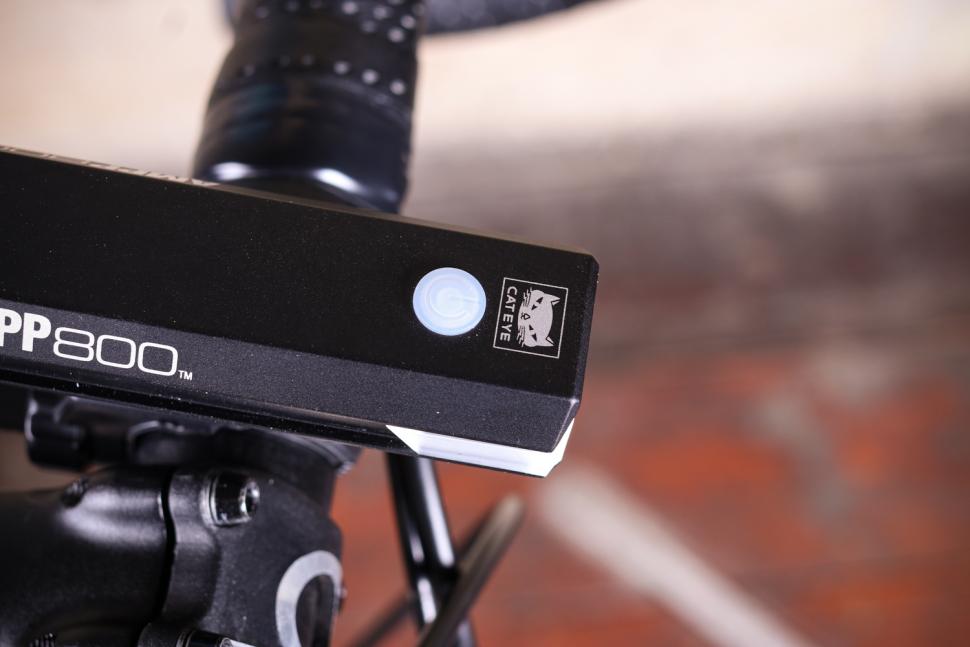
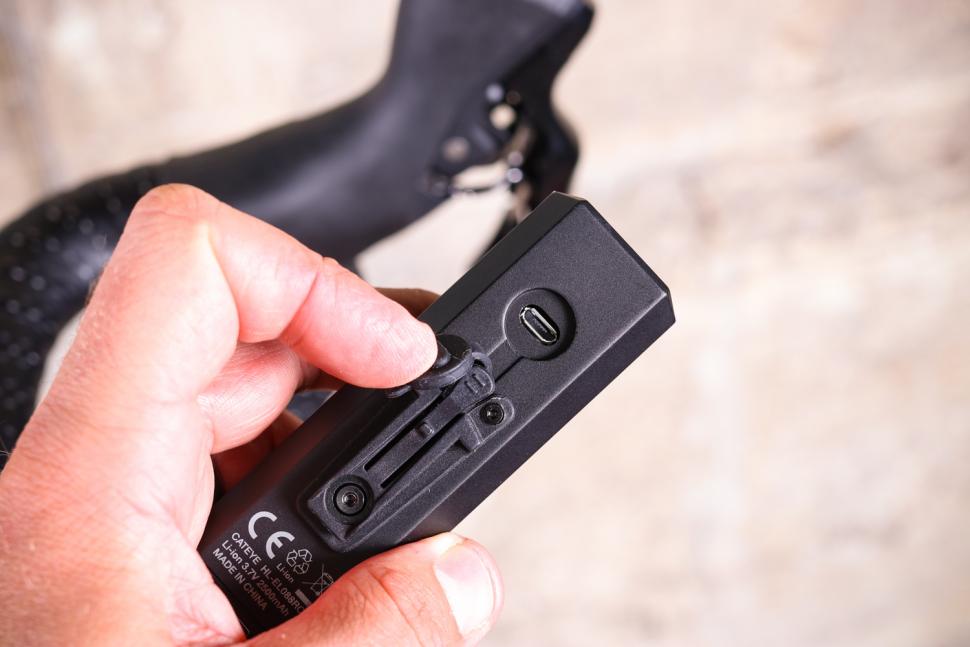

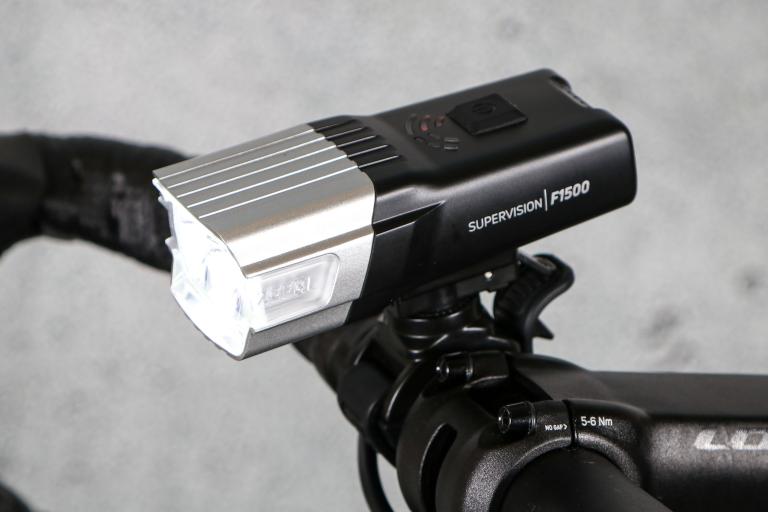
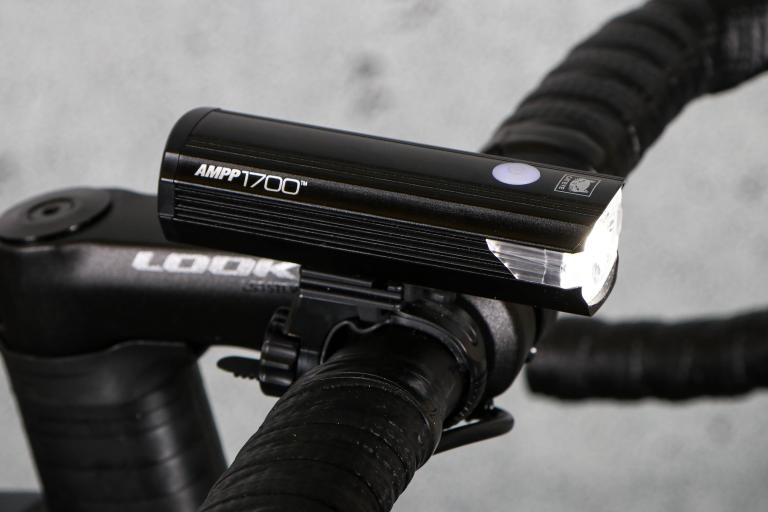
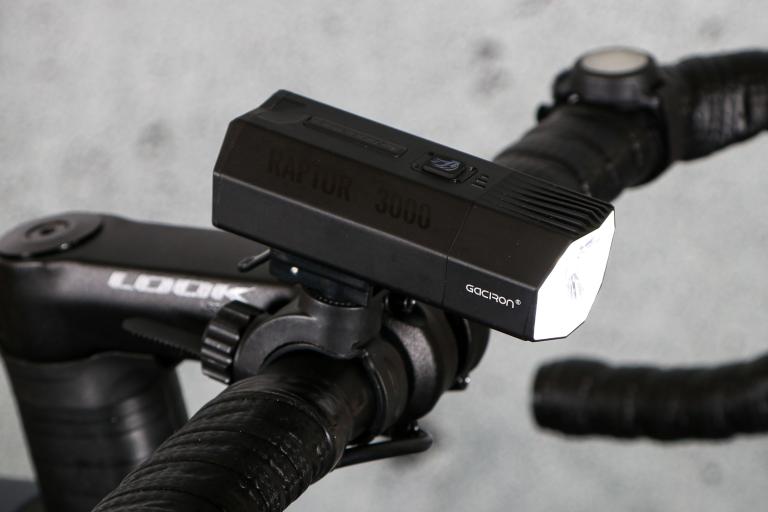

Add new comment
1 comments
I'm surprised that no reference was made to the lights predecessor - the Volt 800. This seems inferior to the Volt with substantially lower run times.